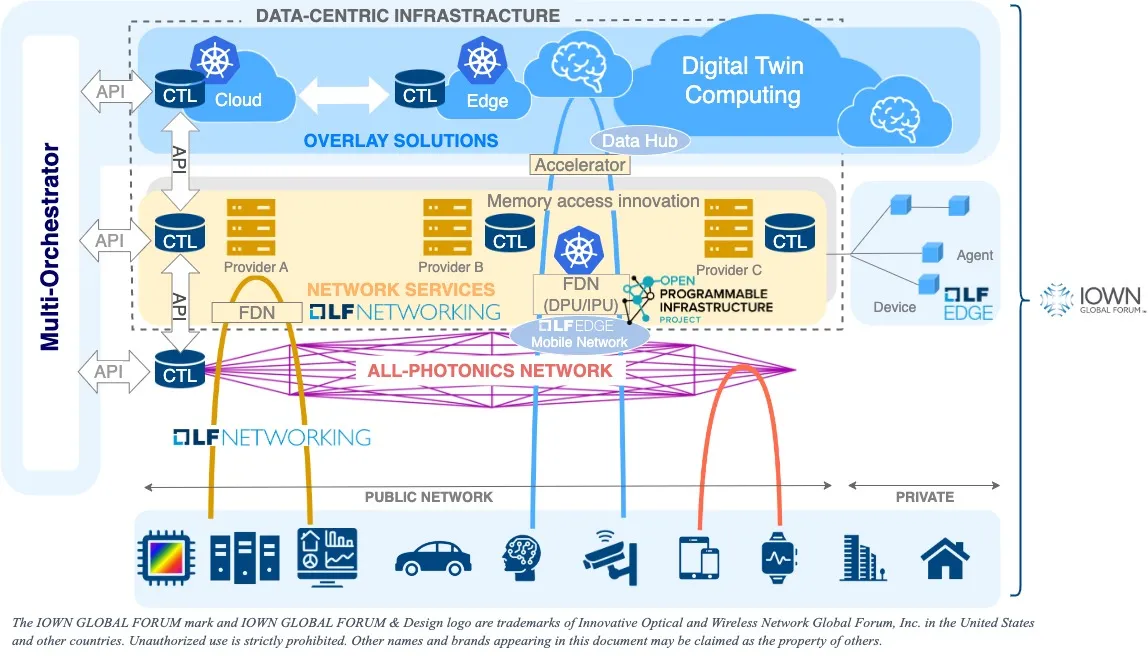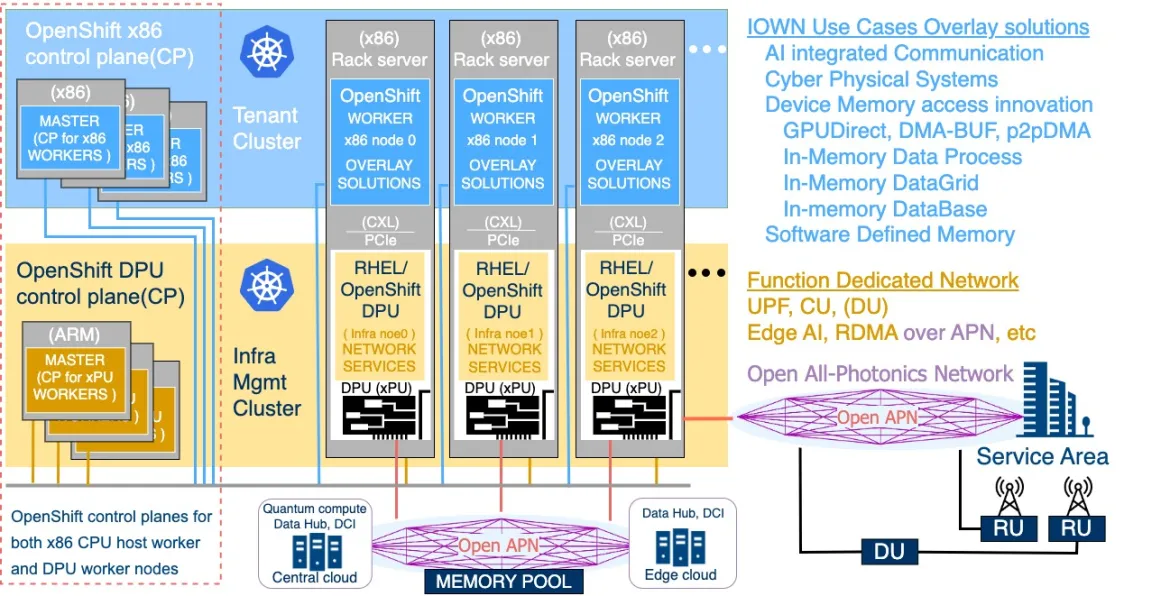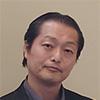This past spring, the IOWN Global Forum held its Annual Member Meeting in Osaka, Japan. The event kicked off with a video message from the Prime Minister of Japan, KISHIDA Fumio, during which he said that ''IOWN can be a key to resolve common global issues, and the government of Japan will provide firm support for it.” This was a great endorsement.
The goal for this year’s meeting was set by Dr. Katsuhiko Kawazoe, President and Chairperson of IOWN Global Forum, who shared that establishing a ''Vision to Reality'' was the main objective.
Chris Wright, Senior Vice President and Chief Technology Officer at Red Hat, who’s also a board director of both IOWN Global Forum and Linux Foundation, presented a keynote focused on IOWN and LINUX for Environment Sustainability. During his keynote he described how IOWN technologies, together with open source communities, will be the shortest path for our connected world to deliver data-centric communication and computing infrastructure that support environmental sustainability.
It’s clear that we are facing an undeniable and massive challenge when it comes to environmental sustainability. This is why IOWN Global Forum Vision 2030 is focused on:
- Lowering power consumption by 100x;
- Lowering end-to-end latency by 200x;
- Delivering higher transmission capacity by 125x.
At the annual member meeting, forum members discussed the next stage of work items needed to deliver Vision 2030 – including supporting defined IOWN use cases, technologies, and architectures – while also solving these challenges for a more sustainable world.
Collaboration between Linux Foundation and IOWN Global Forum
The Linux Foundation and IOWN Global Forum recently announced that the two organizations have signed a Memorandum of Understanding to solidify their working relationship and accelerate All-Photonics Network use cases (IOWN Global Forum Vision 2030) with open source software projects in the Linux Foundation. The Linux Foundation projects involved in the collaboration include: LF Networking, LF Edge, and the Open Programmable Infrastructure (OPI) project. The forum’s approach with All-Photonics Network based will enable a variety of benefits. These benefits include: power saving, larger capacity networks, and ultra-low delay on the order of a 100X improvement over traditional networks. Replacing electronic-based networks for transit data networks using light waves lowers power consumption a 100X while increasing transmission data rates by 125X.

Figure 1. Linux Foundation projects in IOWN infrastructure
One of IOWN’s objectives is to provide the IOWN Reference Implementation Model for each overlay solution to realize each use case in AI-integrated Communications (AIC) and Cyber-Physical Systems (CPS). The above figure illustrates a conceptual view. The tenant cluster of overlay solutions domain can isolate (or converge) from the infrastructure management network services domain, such as mobile network and edge computing in the data-centric infrastructure by disaggregated heterogeneous computing for each operator as follows.

Figure 2. OpenShift DPU implementation in x86 servers
The overlay solutions leveraging digital twin computing and data hub by ingested user's payload data in realtime from the network service domain realizes each use case in AI-integrated Communications (AIC) and Cyber-Physical Systems (CPS). Some use cases in the LF Edge Project can be enhanced furthermore by leveraging IOWN Infrastructure. The OPI project focuses on DPU (data processing unit) and IPU (infrastructure processing unit) standard deployment framework in four types of use case, including: network, storage, security and AI/ML. The OPI project is helpful when the forum discusses the feasibility of software-defined device function and data-centric infrastructure. DPU/IPU deployment will be a key element of heterogeneous computing at the current stage. The IOWN Global Forum is working on best practices for new data-centric communication and computing infrastructure over All-Photonics Network in the middle of hardware evolution across edge, core, and cloud.
Red Hat has contributed solutions using Red Hat Enterprise Linux and Red Hat OpenShift for the Reference Implementation Model development in three IOWN use cases include: AIC interactive live music entertainment, CPS remote controlled robotics inspection and CPS area management security service. Through this work, and together with the forum community, we’re able to identify that the memory access features in Linux are important to enable IOWN use cases in the Data-centric infrastructure. The important memory access features are: Software-defined memory with Remote Direct Memory Access(RDMA), In-memory data processing, In-memory data grid and In-memory database.
In addition to the Linux-based memory access solutions between the network services domain and the overlay solutions domain, IOWN Global Forum members are working to control complicated access networking, such as Radio Access Network (RAN) and edge computing for the traffic termination at network service domain as virtual network endpoints.
Chris Wright concluded his keynote by pointing out the need to continue the collaboration that’s already made IOWN successful so far as the forum pursues a higher purpose: “We need to keep active as an organization to learn, develop, and operate new technologies together – this is how we’ll play our part in creating solutions for environmental sustainability.”
Reference
저자 소개
Hidetsugu (Hyde) Sugiyama is a Chief Architect at Red Hat, focused on the digital service provider and telecom sector in Japan. Sugiyama has been with Red Hat for over eight years, working on software-defined networking, network functions virtualization, edge computing solutions development, and joint go-to-market with technology partners and R&D customers. He has 34 years of experience in the information and communications technology industry. Sugiyama is also member of the Vision & Technology and Marketing steering committees in the Innovative Optical and Wireless Network Global Forum.
채널별 검색
오토메이션
기술, 팀, 인프라를 위한 IT 자동화 최신 동향
인공지능
고객이 어디서나 AI 워크로드를 실행할 수 있도록 지원하는 플랫폼 업데이트
오픈 하이브리드 클라우드
하이브리드 클라우드로 더욱 유연한 미래를 구축하는 방법을 알아보세요
보안
환경과 기술 전반에 걸쳐 리스크를 감소하는 방법에 대한 최신 정보
엣지 컴퓨팅
엣지에서의 운영을 단순화하는 플랫폼 업데이트
인프라
세계적으로 인정받은 기업용 Linux 플랫폼에 대한 최신 정보
애플리케이션
복잡한 애플리케이션에 대한 솔루션 더 보기
오리지널 쇼
엔터프라이즈 기술 분야의 제작자와 리더가 전하는 흥미로운 스토리
제품
- Red Hat Enterprise Linux
- Red Hat OpenShift Enterprise
- Red Hat Ansible Automation Platform
- 클라우드 서비스
- 모든 제품 보기
툴
체험, 구매 & 영업
커뮤니케이션
Red Hat 소개
Red Hat은 Linux, 클라우드, 컨테이너, 쿠버네티스 등을 포함한 글로벌 엔터프라이즈 오픈소스 솔루션 공급업체입니다. Red Hat은 코어 데이터센터에서 네트워크 엣지에 이르기까지 다양한 플랫폼과 환경에서 기업의 업무 편의성을 높여 주는 강화된 기능의 솔루션을 제공합니다.

